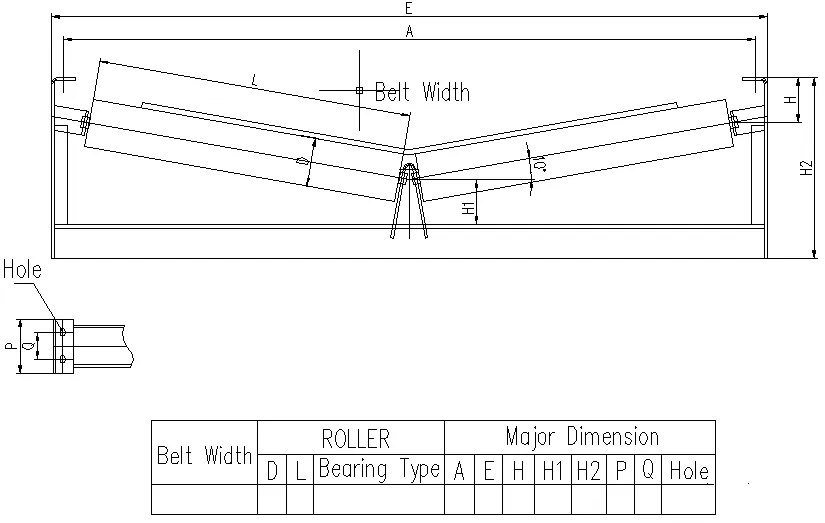 Afrikaans
Afrikaans  Albanian
Albanian  Amharic
Amharic  Arabic
Arabic  Armenian
Armenian  Azerbaijani
Azerbaijani  Basque
Basque  Belarusian
Belarusian  Bengali
Bengali  Bosnian
Bosnian  Bulgarian
Bulgarian  Catalan
Catalan  Cebuano
Cebuano  Corsican
Corsican  Croatian
Croatian  Czech
Czech  Danish
Danish  Dutch
Dutch  English
English  Esperanto
Esperanto  Estonian
Estonian  Finnish
Finnish  French
French  Frisian
Frisian  Galician
Galician  Georgian
Georgian  German
German  Greek
Greek  Gujarati
Gujarati  Haitian Creole
Haitian Creole  hausa
hausa  hawaiian
hawaiian  Hebrew
Hebrew  Hindi
Hindi  Miao
Miao  Hungarian
Hungarian  Icelandic
Icelandic  igbo
igbo  Indonesian
Indonesian  irish
irish  Italian
Italian  Japanese
Japanese  Javanese
Javanese  Kannada
Kannada  kazakh
kazakh  Khmer
Khmer  Rwandese
Rwandese  Korean
Korean  Kurdish
Kurdish  Kyrgyz
Kyrgyz  Lao
Lao  Latin
Latin  Latvian
Latvian  Lithuanian
Lithuanian  Luxembourgish
Luxembourgish  Macedonian
Macedonian  Malgashi
Malgashi  Malay
Malay  Malayalam
Malayalam  Maltese
Maltese  Maori
Maori  Marathi
Marathi  Mongolian
Mongolian  Myanmar
Myanmar  Nepali
Nepali  Norwegian
Norwegian  Norwegian
Norwegian  Occitan
Occitan  Pashto
Pashto  Persian
Persian  Polish
Polish  Portuguese
Portuguese  Punjabi
Punjabi  Romanian
Romanian  Russian
Russian  Samoan
Samoan  Scottish Gaelic
Scottish Gaelic  Serbian
Serbian  Sesotho
Sesotho  Shona
Shona  Sindhi
Sindhi  Sinhala
Sinhala  Slovak
Slovak  Slovenian
Slovenian  Somali
Somali  Spanish
Spanish  Sundanese
Sundanese  Swahili
Swahili  Swedish
Swedish  Tagalog
Tagalog  Tajik
Tajik  Tamil
Tamil  Tatar
Tatar  Telugu
Telugu  Thai
Thai  Turkish
Turkish  Turkmen
Turkmen  Ukrainian
Ukrainian  Urdu
Urdu  Uighur
Uighur  Uzbek
Uzbek  Vietnamese
Vietnamese  Welsh
Welsh  Bantu
Bantu  Yiddish
Yiddish  Yoruba
Yoruba  Zulu
Zulu belt drive idler
Understanding Belt Drive Idlers A Key Component in Mechanical Systems
In various mechanical systems, the efficiency and reliability of power transmission are paramount. One of the critical components that ensure smooth operation in belt-driven systems is the belt drive idler. This seemingly simple component plays a significant role in enhancing the performance and durability of the entire setup.
A belt drive system typically consists of a belt, pulleys, and idlers. The belt transmits power from a driving pulley to a driven pulley. However, aligning these components perfectly is essential for effective operation. This is where the idler comes into play. An idler is a pulley that does not receive power but serves to guide the belt and maintain proper tension across the system. By doing so, it helps prevent slippage and reduces the wear and tear on the belt.
One of the primary functions of the belt drive idler is to adjust the length of the belt’s path. In some applications, the distance between the drive and driven pulleys can change slightly due to variations in load or positioning. An idler can help mitigate these changes by adjusting the belt's tension, maintaining optimal contact between the belt and pulleys. This adjustment not only ensures reliable power transmission but also extends the lifespan of the belt.
belt drive idler

Moreover, idlers can assist in changing the direction of the belt. In complex machinery where space is constrained, idlers can redirect the belt's path, allowing for more versatile designs. This flexibility is crucial in modern engineering applications, where maximizing space and efficiency are often at odds.
The materials used for idlers also critically impact their performance. They must be durable enough to withstand operational stresses while also being lightweight to minimize inertia. Common materials include various metals and engineered plastics that offer both strength and reduced friction, further enhancing the efficiency of the belt drive system.
Maintenance is another essential aspect to consider. Regular inspection of idlers is necessary to ensure they are functioning correctly. Over time, idlers may wear out or become misaligned, leading to potential issues such as increased noise, reduced efficiency, or complete system failure. Keeping idlers in optimal condition can prevent costly repairs and downtime.
In conclusion, belt drive idlers may be small, but their impact on mechanical systems is substantial. By improving tension, redirecting belts, and ultimately enhancing the overall reliability and efficiency of the system, idlers are a key component in various applications, from automotive systems to industrial machinery. As technology continues to evolve, the design and engineering of belt drive idlers will play an essential role in the advancement of mechanical systems, driving innovation and efficiency in the field. Understanding the significance of these components can lead to more effective designs and implementations across various industries.
-
Revolutionizing Conveyor Reliability with Advanced Rubber Lagging PulleysNewsJul.22,2025
-
Powering Precision and Durability with Expert Manufacturers of Conveyor ComponentsNewsJul.22,2025
-
Optimizing Conveyor Systems with Advanced Conveyor AccessoriesNewsJul.22,2025
-
Maximize Conveyor Efficiency with Quality Conveyor Idler PulleysNewsJul.22,2025
-
Future-Proof Your Conveyor System with High-Performance Polyurethane RollerNewsJul.22,2025
-
Driving Efficiency Forward with Quality Idlers and RollersNewsJul.22,2025





























